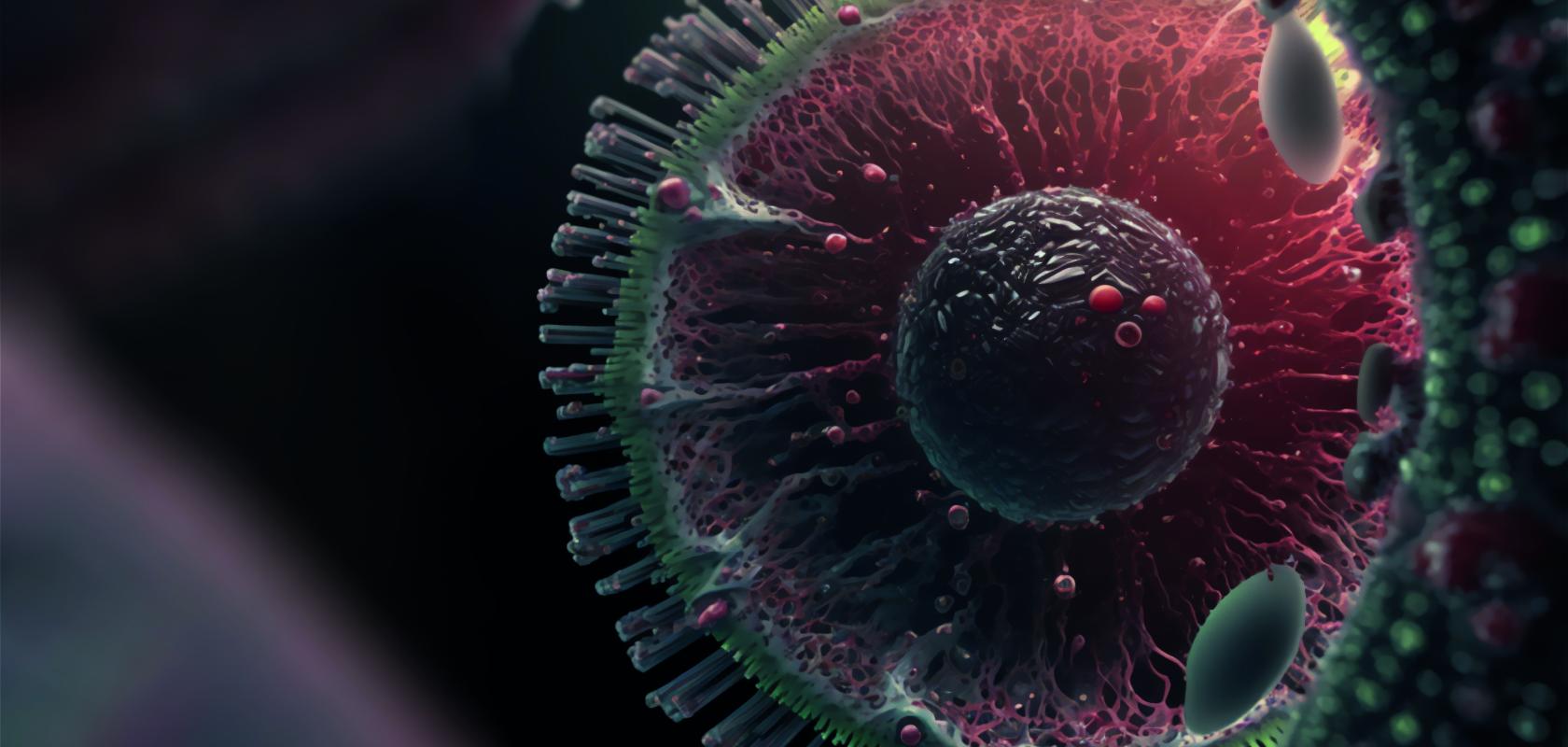In Spring 2022, Stanford University researchers revealed how human cells infected with a coronavirus help it to replicate. Super resolution microscopy helped determine where specific features of the virus – such as spike proteins and genetic material – lie during different stages of infection.
Professor of Chemistry William Esco Moerner, who won a Nobel Prize alongside Eric Betzig and Stefan Hell in 2014 for developing super resolution techniques, and assistant professor Stanley Qi studied the HCoV-229E strain for their experiment. Similarly to SARS-CoV-2, it comprises a spike protein-studded envelope surrounding a strand of genomic RNA (gRNA), which contains the instructions needed for the virus to replicate.
While coronavirus biology has been studied using genomics, biochemistry, cryoelectron microscopy, and electron tomography, little is known about where the virus’ DNA sits within the cell during different parts of its life cycle. Learning more about this could increase scientists’ understanding of precisely how coronavirus infects cells to develop new therapies.
Confocal microscopy provides a high-throughput approach to screen many samples during infection. However, its optical resolution (approximately 300nm) prevents scientists from imaging inside viruses, which can be as small as 20nm. Super resolution techniques permit imaging down to 10nm.
The team studied both double-stranded RNA (dsRNA), an intermediate along the way to making new copies of the virus, and gRNA, one strand of which gets injected into the cell, replicated and then packaged into new viruses.
The researchers used magenta coloured tags to highlight gRNA and green for dsRNA. Using confocal microscopy, blurry white clouds suggest that dsRNA and gRNA could be in the same spot throughout the cell. But the super-resolution images showed a dark sky of bright magenta clusters and green stars, and none of them ever overlapped, suggesting that dsRNA and gRNA are never in the same place at the same time.
A custom epifluorescence microscope (Nikon Diaphot 200) equipped with a Si EMCCD camera (Andor iXon DU-897) was used with a high NA oil-immersion objective (Olympus). The labelled molecules were excited with continuous-wave lasers from MPB Communications, and an exposure time of 50ms and a calibrated EM gain of 193 was used for image acquisition. The emission from fluorescent molecules was collected through a four-pass dichroic mirror (Semrock) and filtered by notch, long-pass and bandpass filters (Chroma).




